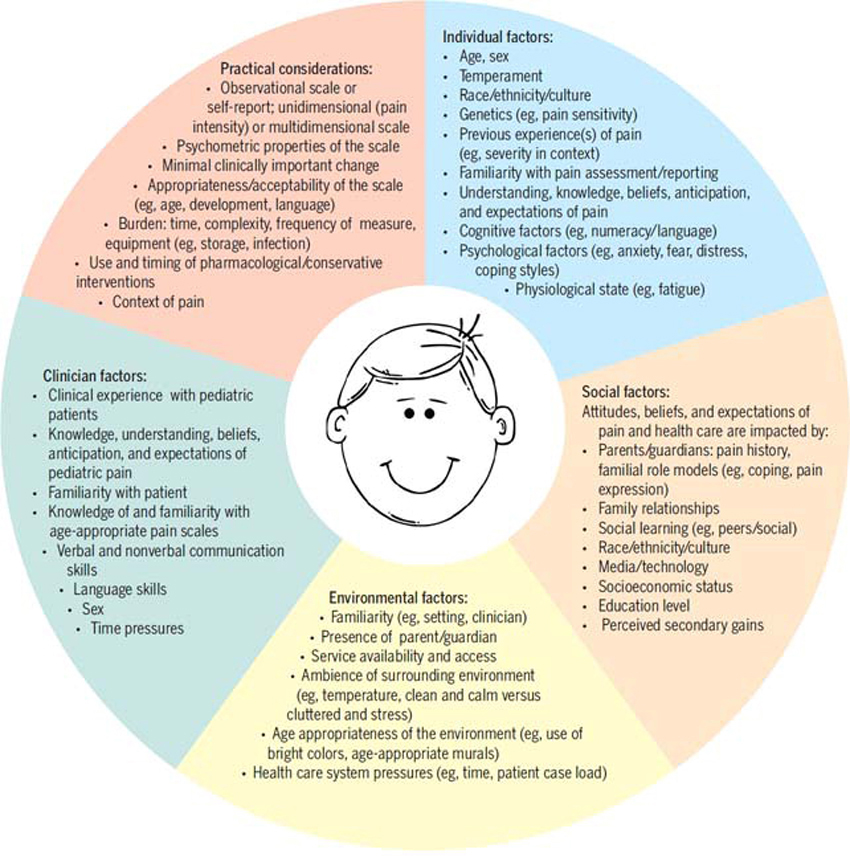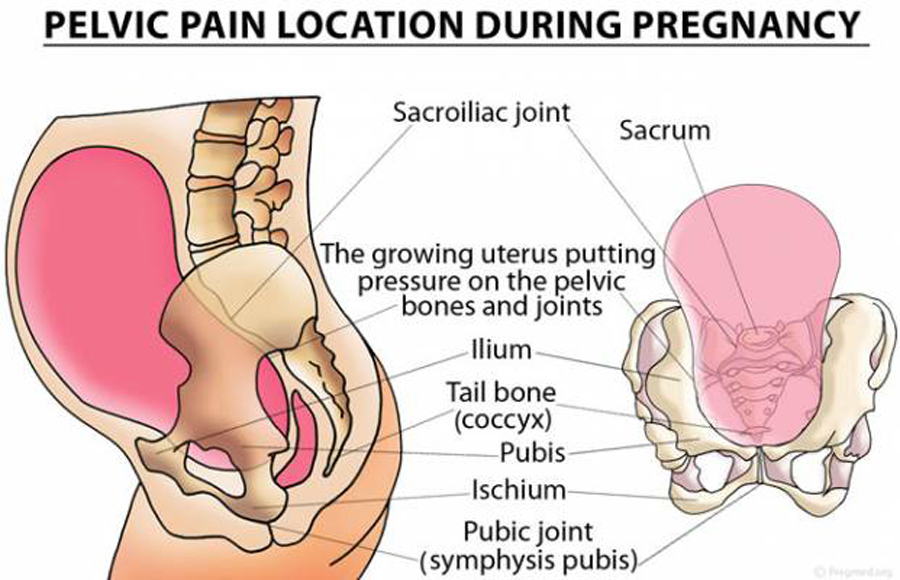Get the Lead Out!
SOURCE: MedPage Today ~ May 13, 2013
By Nancy Walsh, Staff Writer, MedPage Today
When the FDA finally got around to testing 324 multivitamin-mineral products that target children and pregnant women, they found that only 4 of them were lead-free. [1]
Now, new research published in the Pediatrics Journal suggests that even low levels of lead in a supplement can have adverse effects on your children. [2] Why not use a supplement made correctly, so you can protect your family?
Here’s the Bad news from MedPage Today:
Even Low Lead Exposure Hinders Kids’ Reading
Young children exposed to lead — even at low levels — are at risk for not meeting reading readiness benchmarks in kindergarten, a large study of urban children found.
On tests of reading readiness, children with blood lead levels between 5 and 9 µg/dL scored 4.5 points (95% CI −2.9 to −6.2) lower than those with levels below 5 µg/dL, according to Pat McLaine, DPH, of the University of Maryland in Baltimore, and colleagues.
And those with lead levels of 10 µg/dL and higher had scores 10.1 points (95% CI −7 to −13.3) lower, the researchers reported online in Pediatrics. [2]
Almost 25 years ago the CDC established 10 µg/dL as a “level of concern” for blood lead levels in children, and more recently determined that children whose levels are 5 µg/dL should be targeted for intervention.
“Learning to read is critical to the entire process of formal education,” McLaine and colleagues stated.
This requires “proficiency in phonologic processing skills (using the sounds of one’s language to process written and oral language) and in the ability to decode new words,” they explained.
A possible association between lead exposure and reading readiness has not previously been examined, but cooperation between school and public health authorities in Providence, R.I., provided an opportunity to consider this.
Using linked data from the Rhode Island Department of Health and Providence’s public school district records, McLaine’s group compared results among 3,406 children who had been tested for blood lead levels an average of three times before entering kindergarten.
Reading readiness was assessed on the Phonological Awareness Literacy Screening-Kindergarten (PALS-K) instrument, which measures reading-relevant cognitive abilities.
The test is given in the fall of kindergarten, and children who score lower than 28 out of a total of 102 are given additional classroom instruction throughout the year, the researchers explained.
The goal is for children to score 81 or higher by the time the test is repeated in the spring.
REFERENCE:
[1] Survey Data on Lead in Women’s and Children’s Vitamins
FDA Website ~ August 2008
http://www.fda.gov/Food/FoodborneIllnessContaminants/Metals/ucm115941.htm
[2] Elevated Blood Lead Levels and Reading Readiness at the Start of Kindergarten
Pediatrics 2013 (May 13) [Epub ahead of print]






How about this? By 2010, violent crime rates in New York City had plunged 75 percent from their peak in the early ’90s. In city after city in the US, violent crime peaked in the early ’90s and then began a steady and spectacular decline. Washington, DC’s violent crime rate has dropped 58 percent since its peak. Dallas’ has fallen 70 percent. Newark: 74 percent. Los Angeles: 78 percent.
So what’s going on? Isn’t crime getting worse?
In a 2000 paper (PDF) the author concluded that if you add a lag time of 23 years, lead emissions from automobiles explain 90 percent of the variation in violent crime in America. Toddlers who ingested high levels of lead in the ’40s and ’50s really were more likely to become violent criminals in the ’60s, ’70s, and ’80s.
And with that we have the culprit: tetraethyl lead, the gasoline additive invented by General Motors in the 1920s to prevent knocking and pinging in high-performance engines.
Read the whole article at Mother Jones.
John, I like your comment and taking this discussion in another direction. Hope more research continues on the effects of lead because it’s extremely interesting and necessary for us to understand as a society. We must be careful and protect our children.
Fromm the study:
“Estimates of exposures were assessed with respect to safe/tolerable exposure levels that have been developed for particular age and sex groups. These safe/tolerable exposure levels are referred to as the provisional total tolerable intake levels (PTTI)…
“Estimates of Pb exposures for all products were below the PTTI levels for the at-risk population groups of children, pregnant and lactating women and adult women.”
So, the takeaway is that while only 4 products had nil levels of Pb, none of them were beyond safe/tolerable levels as determined by FDA. If someone is comfortable with the FDA setting their levels of exposure to heavy metals, then this is non-story. If we cannot tolerate any Pb, and the FDA is overestimating, then this is big news…
Hard to decide which it really is.
Dr. Ward
Exactly! This Pediatrics article suggests that lead exposure at half the level the FDA states is *acceptable* has a dramatic impact on children’s reading levels.
This is the problem any Government faces…permitting Industry to be profitable while holding down cost. In this country (for the last Century plus), and as is now happening in all over China, this translated into insuring that environmental concerns took a backseat to profit.
Yeah sure, lotsa of folks had a nice chemical job, while they trashed the Planet. Now that these chemicals are in the ground water and food chain, what choice does the FDA have? Let’s raise the tolerable limit, right?
Wow, so many typos in my previous comment! Staying up too late reading Chiro.org.
Thanks for your response, Dr. Painter. Great points. What can we do but suffer from the laws of unintended consequences? What we saw in the chemical industry years ago, we are seeing in the food industry now. Anything that keeps the costs down while raising quantity seems like a good risk.
Dr. Ward
There is an edit button, so you can clean up your own comments easily, whenever you like.
Glad you are staying up late with us!